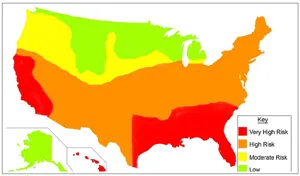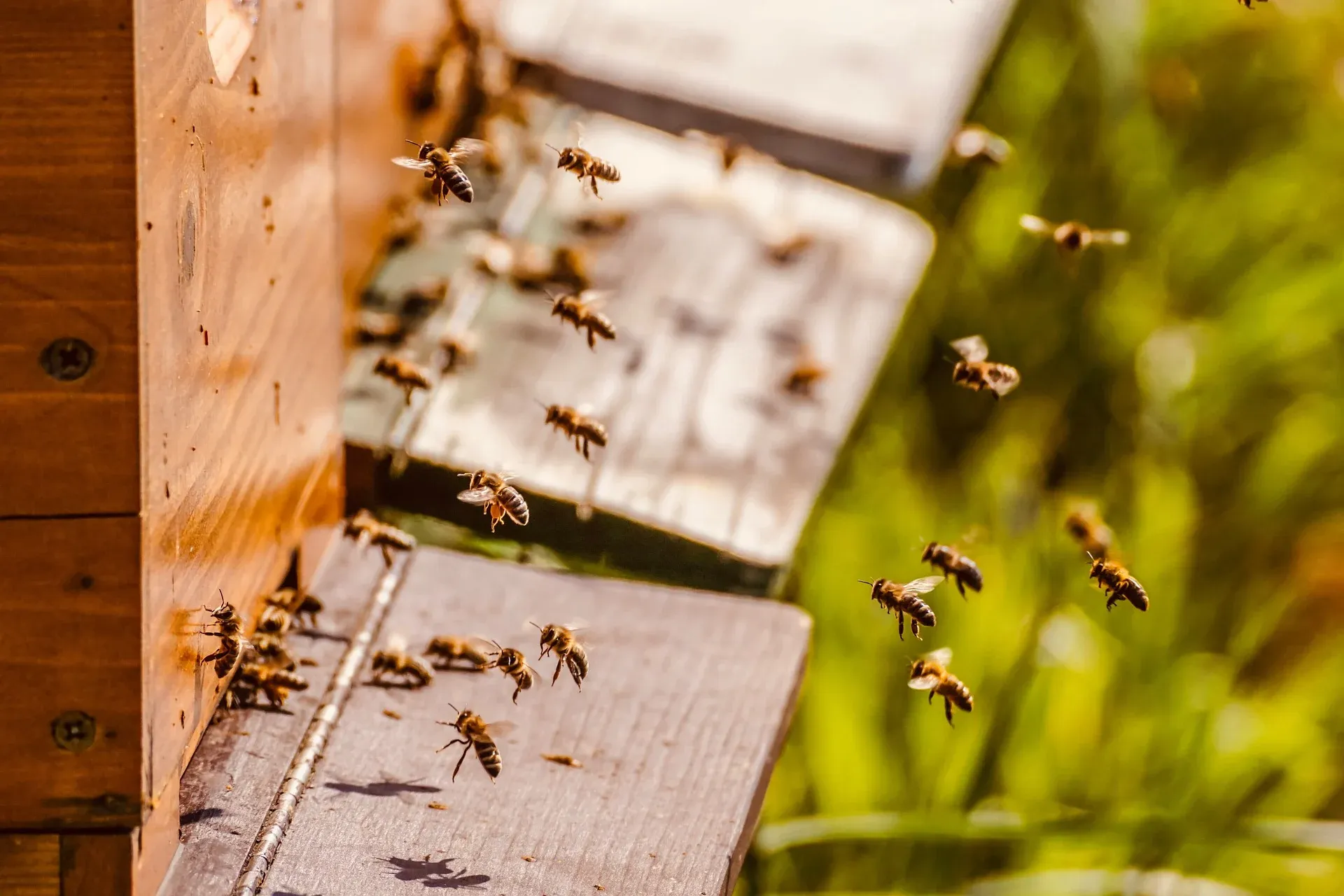Danger Approaches on Termite Wings!
Fox Residential Services Group, LLC is proud of its 25+ years of service to the Houston Metro area. With the addition of Texas Termite Terminators, we are able to help you with your termite issues.
we will: Treat your home inside and out for general pests
Danger Approaches on Termite Wings!
Termites are most active in the Houston area between February 24th and April 25th.
That’s when they swarm.

Swarm?
After 2 to 4 years a subterranean termite colony is mature and produces “swarmers” (winged primary reproductives). Termite swarmers leave the colony in large numbers during the spring and early summer. Environmental factors such as heat, light and moisture trigger the emergence of swarmers, with each species having its own set of requirements. The number of swarmers produced is proportional to the age and size of the colony.
Both male and female swarmers fly from the colony and travel short distances. Termites are weak fliers and must rely on wind currents to carry them to new habitats. During the swarming process, males (kings) and females (queens) pair off using pheromones. Successful reproductive pairs land, lose their wings and seek cover under rocks or other moist materials.
The maximum size of a termite colony depends on location, food availability and environmental conditions, especially temperature and moisture. Some colonies remain small; others contain up to several thousand individuals. New colonies form when the old colony produces swarmers or when groups of termites become isolated from the main colony and establish sub-colonies. This is called “colony splitting” or “budding.” These subcolonies may exist independently or reunite with the main colony.
If Your Home Looks Inviting, Termites Will Move Right In!
Subterranean termites get their nutrition from wood and other material containing cellulose. Paper, cotton, burlap or other plant products often are actively consumed by termites. Sometimes termites will even tunnel into the dead heartwood or pith of living plants. Most species of subterranean termites cannot digest cellulose directly and depend on single-celled protozoans and bacteria living in their hindguts to help digest the cellulose. Digested cellulose is then shared with the developing larvae, other workers, soldiers and reproductives.
Termites are attracted to certain odors of wood-decaying fungi that make the wood more palatable and easier to penetrate. In some instances, the fungi provide a source of nitrogen in the termite diet. Moisture is important to subterranean termites as they have very little resistance to dehydration. To survive, termites must maintain contact with the soil (their primary moisture source) or other above-ground moisture sources, such as defective plumbing, leaky roofs, leaks from air conditioning condensers or poorly maintained gutters.
What Can You Do?
Inspection: Although it is possible for a homeowner to perform an inspection, it is recommended that licensed professional inspectors do this work. They should be familiar with termite biology and habits as well as construction methods and conditions that are conducive to termite attack and infestation. Pest control professionals can determine the presence of infestations and damage, the need for remedial control measures and the measures to use to eliminate the conditions that encourage termite attacks.
Prevention: Many termite problems can be prevented through sound initial designs, mechanical alterations and good construction sanitation. The basic premise behind prevention is to deny termites access to food (wood), moisture and shelter.


